Okay, picture this: you’re taking a walk through a super lush forest, right? But instead of squirrels and pigeons, you’ve got giant insects buzzing past your head, absolutely enormous ferns towering way over you, and yeah, the ground actually trembles sometimes from the footsteps of colossal beasts. Welcome, my friend, to the world of prehistoric life – a time so unbelievably different and epic it almost feels like something straight out of sci-fi. But guess what? It wasn’t fiction; it was Earth’s incredible, real past. Seriously, get ready to have your mind blown, because we’re about to dive into 10 amazing facts about this ancient world that’ll totally change how you think about history.
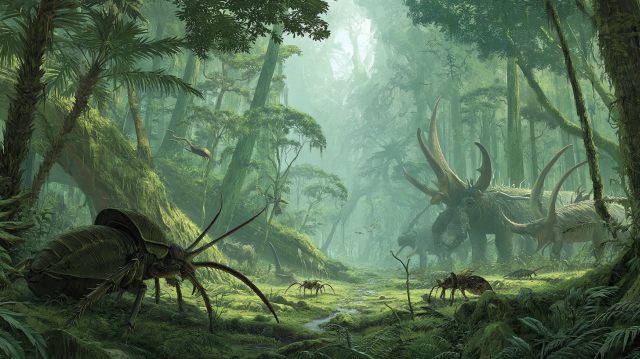
1. Prehistoric Life Wasn’t Just About Dinosaurs (Seriously!)
When we hear “prehistoric life,” let’s be honest, our minds usually jump straight to T-Rex and Triceratops. And look, while dinosaurs were definitely the awesome rulers of the Mesozoic era, they were really just one part of an incredibly diverse show! Think about it: life was around for billions of years before the very first dinosaur even hatched. That huge chunk of time saw all sorts of bizarre sea creatures pop up, sprawling ancient forests that look nothing like today’s, armies of amphibians hopping around, early reptiles, and eventually, the first mammals just kind of scurrying underfoot. These super diverse prehistoric lifeforms that changed history built up complex ancient ecosystems way before the “terrible lizards” even showed up. It’s honestly one of the most astonishing facts about prehistoric life – just how much variety there really was. It’s staggering!
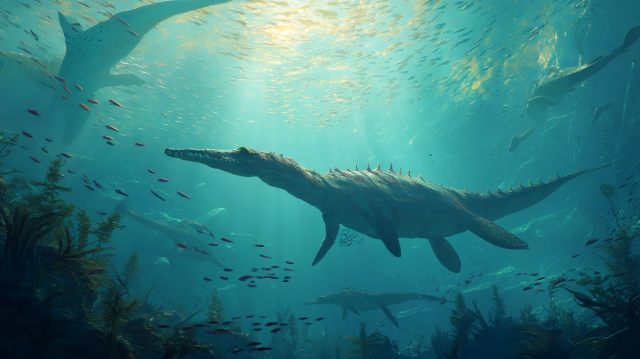
2. Earth’s Atmosphere Was Dramatically Different
Ever stop and wonder how did prehistoric creatures live back then? I mean, the conditions sound pretty hostile to us, right? Well, part of the answer is literally in the air they breathed. During certain times, like the Carboniferous period (that was about 359 to 299 million years ago), the oxygen levels were way higher than they are today – maybe even up to 35% compared to our 21%! It’s thought this oxygen-packed atmosphere is a huge reason why some insects got absolutely massive (we’ll get back to that!). And on the flip side, CO2 levels have also gone totally wild throughout history, messing with global temperatures and shaping those ancient ecosystems and their impact on history. Can you imagine breathing air that thick? Wild.
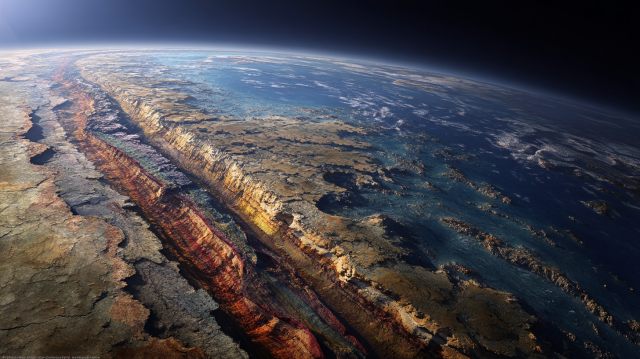
3. Oceans Teemed with Massive Reptiles (And Nope, Not Dinosaurs!)
Okay, so while dinosaurs were stomping around on land during the Mesozoic era, the oceans belonged to a whole different crew of reptilian giants. We’re talking creatures like the dolphin-shaped Ichthyosaurs and the super long-necked Plesiosaurs (you know, like the Loch Ness Monster!). Get this: some Plesiosaurs, like Elasmosaurus, had necks that were actually longer than their entire bodies! Seriously! Now, these guys weren’t dinosaurs; they were totally separate groups of marine reptiles perfectly built for living underwater. Learning about these remarkable prehistoric animals and their habitats, especially during the Cretaceous period, opens up this underwater world that was just as fascinating and, let’s be real, terrifying as what was happening on land.

4. Mammals Lived Alongside Dinosaurs (But Were Mostly Tiny)
Yeah, it’s a common misconception that mammals only popped up after the dinosaurs bit the dust. Not true! Turns out, the first mammals actually evolved during the Triassic dinosaurs era, pretty much the same time as the earliest dinos. But here’s the thing: for millions and millions of years, through the Jurassic and Cretaceous periods, most mammals stayed small, kinda like shrews today. They were probably nocturnal, you know, hiding out in burrows or up in trees trying desperately not to become a dino’s lunch. These early mammals are super important examples of prehistoric life and their environments because they show us how different groups managed to co-exist, even when one group (hello, dinosaurs!) was clearly running the show. It really wasn’t until the dinosaurs got wiped out that mammals finally got their big break to diversify and grow larger.
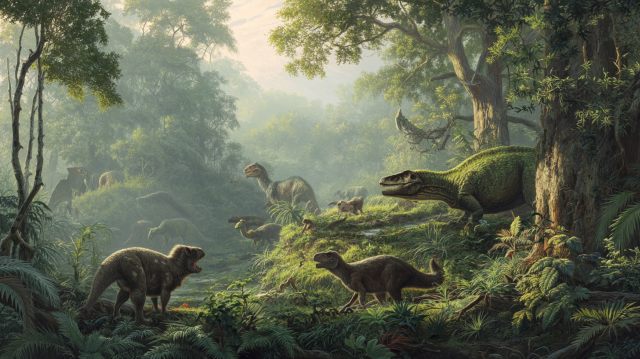
5. Prehistoric Plants Were Totally Alien-Like
Forget the flowers and grasses you see outside your window. For a huge chunk of Earth’s history, the plant life would’ve looked completely alien. Imagine forests just packed with giant ferns, towering horsetails, and cycads (they look a bit like palm trees, but they’re not related). Believe it or not, flowering plants – the kind that are everywhere now – only evolved pretty late in the dinosaur game (during the Cretaceous period). These ancient plants were the foundation of ancient ecosystems and played a massive role in shaping the planet’s climate and air. They’re absolutely crucial prehistoric lifeforms that changed history.
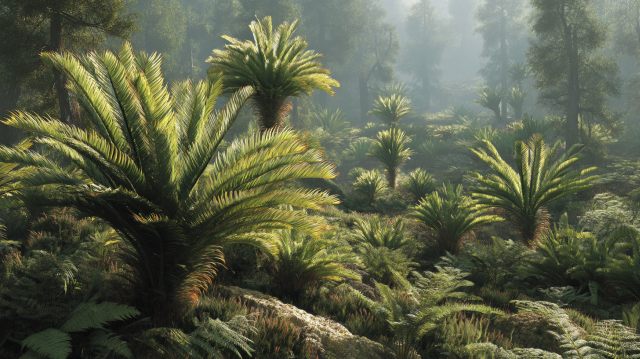
6. Giant Insects Roamed the Earth
Remember that super high oxygen atmosphere we talked about? Well, it had a pretty crazy side effect. Insects get oxygen through tiny tubes called tracheae using passive diffusion, and more oxygen meant they could get way, way bigger than they can today. One of the wildest astonishing facts about prehistoric life has got to be creatures like Meganeura – basically a giant dragonfly relative from the Carboniferous period with a wingspan up to 75 cm (that’s 2.5 feet)! Imagine that thing buzzing past your head! And there weren’t just giant dragonflies; there were giant cockroaches and millipedes too. Yikes. Looking into these giants gives us some cool clues about prehistoric animal adaptations and survival techniques and ancient biology.
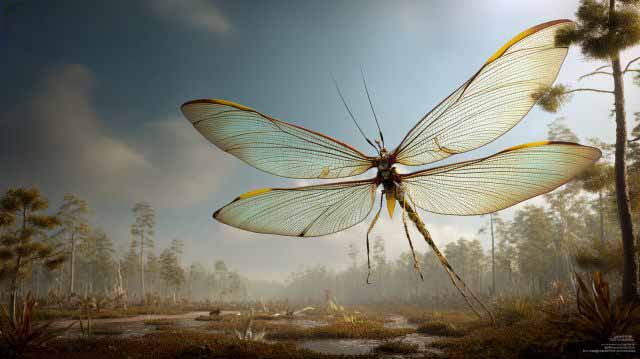
7. Not All Dinosaurs Were Giant Scaly Reptiles
You know, thanks to ongoing paleontology studies and amazing fossil records, the picture we have of dinosaurs is always changing. One of the biggest updates? Feathers! Turns out, lots of dinosaurs, especially the theropods (that’s the group T-Rex and Velociraptor belong to), are now known to have had feathers. Now, these probably weren’t for flying at first; they might have been for keeping warm, showing off, or even covering their nests. It’s a huge key discovery in prehistoric archaeology that really changes how we see them and gives us super strong evidence for the evolutionary link between dinosaurs and modern birds. It offers some fascinating insights into the behavior of prehistoric animals. Pretty cool, right?
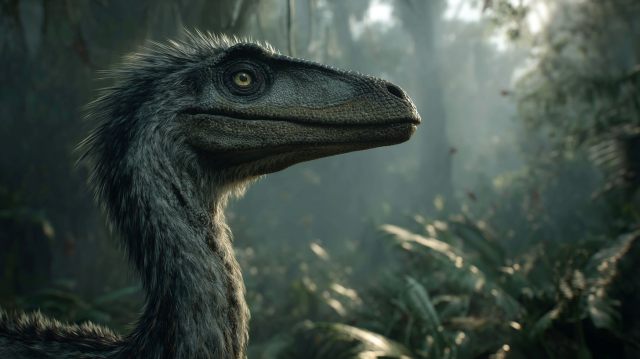
8. Mass Extinctions Totally Reshaped Life
Okay, so history isn’t just a smooth, straight line. It’s actually marked by these really dramatic transformative events in prehistoric life on earth called mass extinctions. There have been at least five major ones where a massive percentage of species just vanished pretty quickly. The most famous one, obviously, is the Cretaceous-Paleogene event that wiped out the non-bird dinosaurs 66 million years ago, probably thanks to a giant asteroid. But get this: the biggest one was actually the Permian-Triassic extinction (nicknamed the “Great Dying”) about 252 million years ago. It might have killed off something like 96% of all marine species and 70% of land vertebrate species! I mean, yeah, totally devastating, but these events basically hit the reset button, clearing the stage ecologically. This allowed the survivors to branch out and evolve, eventually leading to new dominant life forms – including, down the line, us. These extinct animals tell an incredible story of loss, resilience, and massive change.
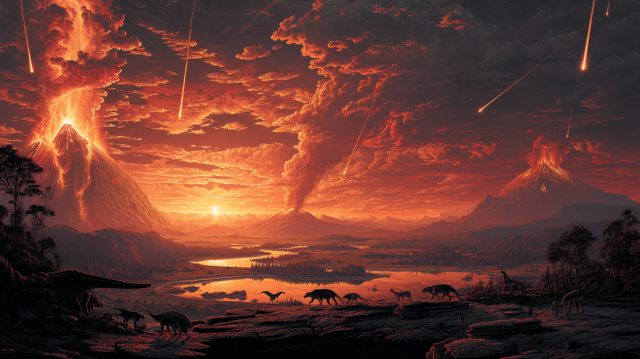
9. Prehistoric Life Still Influences Us Big Time Today
Think prehistoric life is just dusty old history? Think again! Well, guess what? Those ancient plants and tiny organisms? They got compressed over millions of years and turned into the fossil fuels (coal, oil, natural gas) that have pretty much powered our modern world. But the influence actually goes way deeper than that. Studying prehistoric life discoveries that reshaped science helps us get a handle on big things like evolution and climate change (by checking out past climate shifts recorded in fossils and rocks), and understand biodiversity better. Basically, the evolutionary biology of prehistoric life is the groundwork for understanding all life on Earth today. It’s one of the really surprising ways prehistoric life influences modern science.
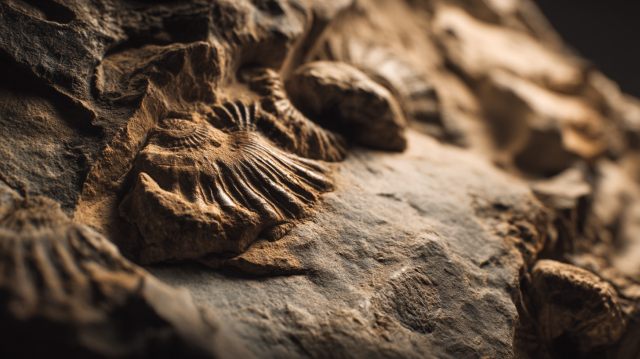
10. We’re Still Discovering Stuff All the Time!
And maybe the coolest part? Our understanding of prehistoric life is nowhere near finished! Paleontologists are constantly digging up new things all over the world. New species get described, fossil records show us unexpected behaviors (like finding dinosaurs that nested!), and amazing new tech lets us analyze fossils in ways we never could before (like figuring out feather color from fossilized pigment cells!). These ongoing key discoveries in prehistoric archaeology mean the story of Mesozoic wildlife, Ice Age mammals, and all those notable prehistoric species and their significance is still being written, page by page. Seriously, it makes paleontology such a dynamic and genuinely thrilling field. You gotta wonder, what mind-blowing discovery is coming next?
Journey Complete (For Now!)
So, from giant dragonflies and feathered dinosaurs to totally alien forests and massive ocean predators, the reality of prehistoric life is just so much richer, weirder, and more awe-inspiring than most of us ever picture. These sneak peeks into Earth’s deep past show us worlds run by creatures and forces totally different from ours, yet they’re all connected to where we are right now. Exploring prehistoric life isn’t just about looking back; it’s really about understanding the incredible journey life has taken and our own little spot in that huge story. Doesn’t it just make you want to grab a geology hammer and start exploring? What fact surprised you the most?
